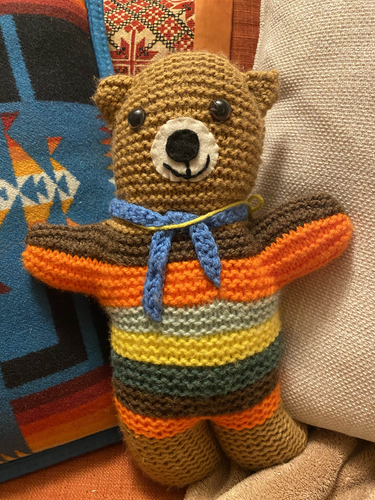Abstract
This article examines human–animal interaction in elder care by focusing on an old age home in postapartheid South Africa. Residents admire and desire to be near animals, but staff mostly prohibit pets and service animals due to regulations about hygiene and frailty. Instead, people make meaningful relationships with media representations of animals and wilder animals in the home’s yard. This article uses the clinical timescale of visiting hours to interpret these alternative human–animal interactions and their temporal incongruities—to show how people make sense of differences they perceive between their own and animals’ mortality and longevity, and how animals enable remembering and articulations of aging selfhood and social relations across the life course. A reinterpretation of visiting hours reveals the making of self–other distinctions in late life and temporal aspects of medical institutionalism that shape multispecies relations.
Translated title and abstract (isiZulu)
Amahora okuvakashela: izikhathi zezikhala zokusebenzisana kwabantu nezilwane lapho kunakekelwa abadala eNingizimu Afrika
Leli phepha lihlola ukusebenzisana kwabantu nezilwane lapho kunakekelwa abantu abadala libhekisisa ikhaya eligcina abantu abadala eNingizimu Afrika. Abantu abahlala kuleli hkaya labadala bayazithanda futhi bafuna ukuba duze nezilwane kodwa abaphathi bayenqaba ukuthi izilwane zasekhaya nezilwane zosizo zibe lapho ngenxa yeminthetho-nqubo yohlanzeko nokuvikela ababuthakathaka. Esikhundleni salokho abantu benza ubudlelwane obalulekile nezilwane ezibonakaliswa ngemifanekiso kumaziko awezindaba kanye nezilwane ezihlala egcekeni lekhaya lelo. Leli phepha lisebenzisa isikhathi somtholampilo samahora okuvakashela leli khaya ukuhumusha izindlela ezahlukene zokusebenzisana kwabantu nezilwane nokungahambisani kwazo nesikhathi. Lona libonisa ukuthi abantu bacabanga kanjani ngomehluko abawubonayo phakathi kokufa neminyaka yokuphila kwabo nokwezilwane. Futhi izilwane zibasiza ukukhumbula nokukhuluma ngokuguga kwabo nomlando wempilo yabo phakathi kwabanye abantu emphakathini.Ukubuyela ukuhumusha lomqondo womtholampilo wamahora okuvakashela kuveza indlela ekwenziwa ngayo umehluko phakathi komuntu nabanye lapho abantu sebegugile, kanye nokuphathelene nezikhathi zasezikhungweni zokwelapha okubumba indlela yokuhlangana kwezinhlobo ngezinhlobo.
